Rowan Williams on freedom from the passions: “The light of the resurrection is not only what allows us to see ourselves a bit more clearly…. It is what allows us to see the entire landscape of God’s creating activity in the radiance of Christ’s presence in the Spirit. This landscape is, by God’s grace, show to us as our homeland; it is where we belong. And this is what the life of apatheia, the life of freedom from the tyranny of ‘passion’, is finally about; living in the joyful and grateful awareness of God’s perspective on the creation God loves and transfigures; praying and labouring day by day for that inch-by-inch growth in clarity, freedom, charity; growing in the right kind of detachment that lets us see our muddled lives embraced and healed in Jesus, the author and the pioneer of our faithfulness.”
Catechesis for the Third Way
Gerald Sittser explains why the catechumenate emerged as a result of the “gap” between Christianity and Roman culture: “A simple conversion was not enough, for Romans had to be converted to an entirely different belief system and way of life that was as alien to them as a language like Chinese is to English speakers. This huge gap required time, patience, and purposefulness. Anything short of that would have undermined the very faith that Christian leaders proclaimed, Roman critics opposed, and martyrs died for, a faith rooted in the incarnation, death, and resurrection of Jesus Christ.”
What is a Monk?
Greg Peters draws on Augustine, Cassian, and Pseudo-Dionysius to show that, although “monasticism is associated historically with celibacy and other forms of asceticism (such as poverty, stability, and unwavering obedience), single-mindedness is another consistent element of monasticism, and the one that seems to be more essential in the earliest tradition . . . . Thus, to be a monk is to be one, not divided; to be unified in one’s goal of coming into union with God. Though many believers live in a multitudinous manner, a μοναχός will set herself apart by living simply and singly. A monk is single-minded.”









